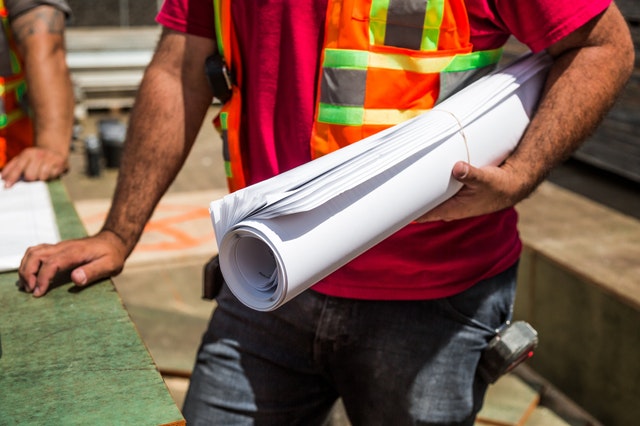 Anyone who is looking to build a successful real estate business needs to keep meticulous records. When buying and selling property, there are a lot of tax and legal responsibilities. While some people may not want to think about this issue, the IRS may audit a real estate business. In this case, it is critical to have documentation that demonstrates proof of income as well as any credits or deductions that might have been claimed.
Anyone who is looking to build a successful real estate business needs to keep meticulous records. When buying and selling property, there are a lot of tax and legal responsibilities. While some people may not want to think about this issue, the IRS may audit a real estate business. In this case, it is critical to have documentation that demonstrates proof of income as well as any credits or deductions that might have been claimed.
Some of the most common deductions that are claimed in the real estate business include depreciation, mortgage interest, repairs, insurance premiums, administrative costs, and property taxes. In order to keep records for a real estate business, there are a few categories to consider.
Improvements That Have Been Made To Properties
There are two ways that someone can deduct the costs of improvements or repairs made to properties. First, someone can deduct the entire cost of the expense during the year that it was incurred. This means the cost of materials, labor, storage, and more.
The other way that someone can claim this deduction is to depreciate its cost over a predetermined period of time. This time period is going to depend on the nature of the repair. In this case, the depreciation period would begin on the date the repair or improvement is made.
The Cost Of Cars, Mileage, And Parking
Another key category is mileage and parking. There are plenty of people who use a car to get from place to place. If this car is used for work purposes, it can be claimed as a deduction. In order to keep proper records of mileage and parking, it is important to keep either a digital or paper log for the purposes of each trip.
Then, with the number of miles driven in hand, this can be multiplied by the suggested mileage rate provided by the IRS. The grand total can be deducted from someone’s gross taxable income that year. The alternative way to calculate this is to forgo the standard rate issued by the IRS and deduct the cost of gas, maintenance, and depreciation of the vehicle. Some people like to calculate the deduction both ways and use the larger total. Just be sure to have records to support this claim.
 Last week’s economic news included readings on construction spending and public and private-sector job growth. Weekly readings on mortgage rates and first-time jobless claims were also released.
Last week’s economic news included readings on construction spending and public and private-sector job growth. Weekly readings on mortgage rates and first-time jobless claims were also released. According to a report that was recently published by the United States Census Bureau, the average mortgage payment has been dropping. According to the bureau, the average payment is just over $1,500 per month. This is shockingly close to the average cost of renting, which is just under $1,500 per month.
According to a report that was recently published by the United States Census Bureau, the average mortgage payment has been dropping. According to the bureau, the average payment is just over $1,500 per month. This is shockingly close to the average cost of renting, which is just under $1,500 per month.  Did you know that some home improvements lower the resale value of a home and decrease the number of potential buyers? If you are going to repaint the exterior of your home bright, traffic-cone orange and try to sell it for a high price, think again! Maybe, if the artist Pablo Picasso once lived there that might work, but probably not under any other circumstances.
Did you know that some home improvements lower the resale value of a home and decrease the number of potential buyers? If you are going to repaint the exterior of your home bright, traffic-cone orange and try to sell it for a high price, think again! Maybe, if the artist Pablo Picasso once lived there that might work, but probably not under any other circumstances. Buying a new home is a big step for individuals and families. This is a time for celebration as the new furniture gets moved in, everyone gets adjusted, and the honeymoon phase starts with the new home. On the other hand, buying a home also means that all of the responsibilities rest with the owners.
Buying a new home is a big step for individuals and families. This is a time for celebration as the new furniture gets moved in, everyone gets adjusted, and the honeymoon phase starts with the new home. On the other hand, buying a home also means that all of the responsibilities rest with the owners. New housing construction starts reached a record high in December 2019 going up 16.9%. This represents a seasonally-adjusted annual rate of 1.608 million homes last December, which beat the record set in December 2006, 13 years ago, according to CNBC.
New housing construction starts reached a record high in December 2019 going up 16.9%. This represents a seasonally-adjusted annual rate of 1.608 million homes last December, which beat the record set in December 2006, 13 years ago, according to CNBC.